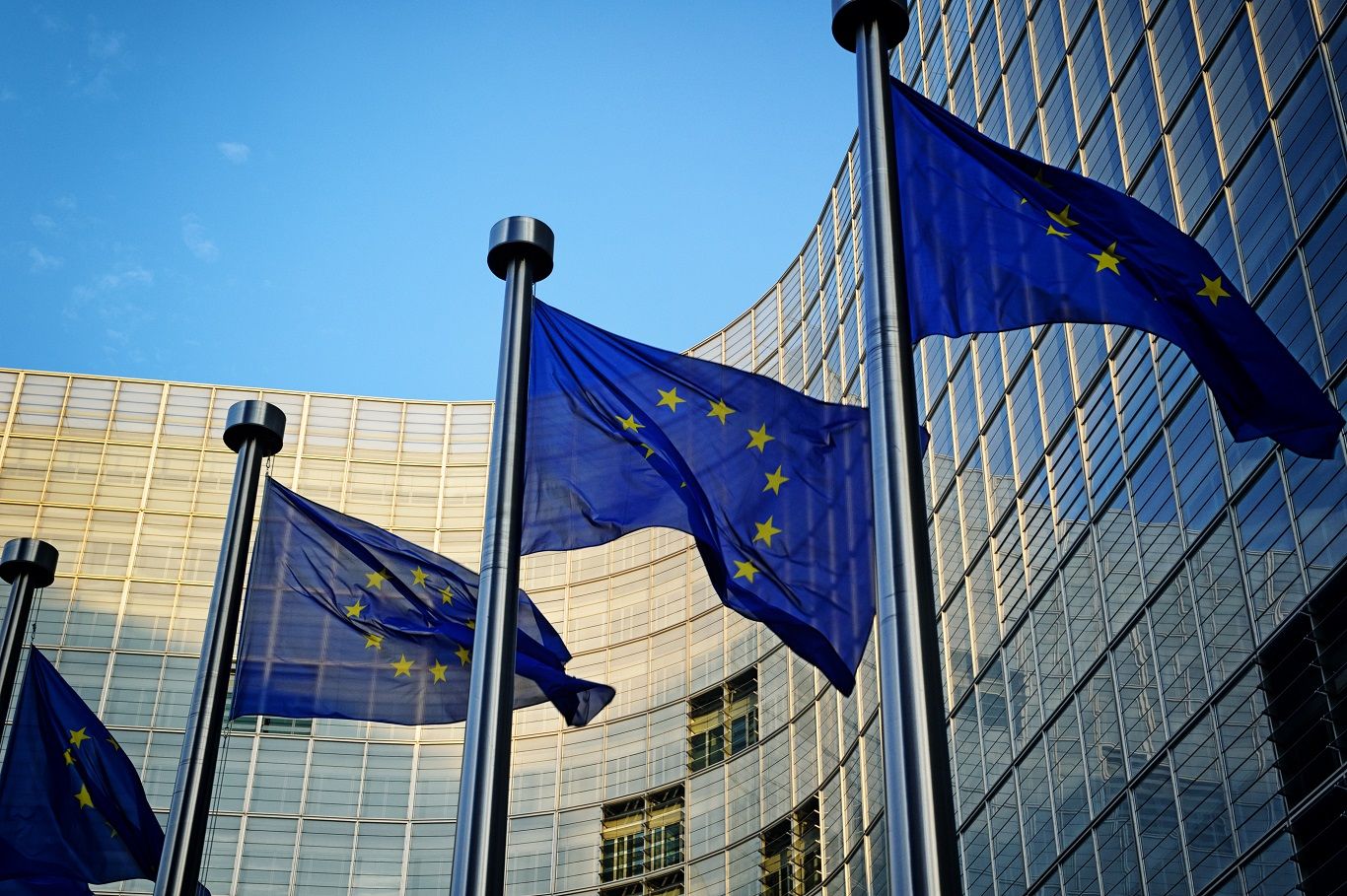European companies pumped €124bn into low carbon investments in 2019 – but need to double this to meet the EU’s net-zero emissions target by 2050, new analysis reveals.
Figures released by non-profit CDP and global management consulting firm Oliver Wyman found 882 stock listed European companies reported €59bn of new low carbon capital investments and €65bn in new research and development (R&D) spend last year.
The companies have annual emissions equivalent to three-quarters of the EU total.
The biggest areas of new investment were in R&D for electric vehicle technologies, with €43bn set aside, and capital investments in renewable energy (€16bn), energy grid infrastructure (€15bn) and demand-side response programs for intelligent energy use (€8bn).
However, the report estimates that companies would need to double the low carbon share of capital expenditure from 12% to 25% per year to be consistent with a net-zero emissions pathway by 2050, which is needed for the EU’s new climate neutrality target.
The report was presented at the CDP Europe Awards, held at the French Ministry of Foreign Affairs in Paris today (25 February), with President Emmanuel Macron in attendance. The study finds a clear business case for making new low carbon investments.
Overall, European companies expect to avoid 2.4 gigatons of emissions – more than the annual emissions of the UK, Germany, France, Italy and Poland combined – while contributing over EUR 40bn to their bottom line.
European companies also identify €1.22 trn in new low carbon business opportunities, including higher demand for electric vehicles and green infrastructure, with the value of these opportunities more than six times the investment cost of €192bn.
Volkswagen AG forecasts battery-electric vehicles will make up 25% of expected annual sales by 2025, representing a financial opportunity of €59bn.
Meanwhile, electric utility E.ON SE foresees seven to 10 million electric vehicles in Germany by 2030, representing a €12bn opportunity from charging infrastructure, hardware and software solutions.
Current low carbon investment is concentrated in a few key sectors, such as transport, energy and materials companies.
Companies in these sectors account for over 80% of the analysis group’s direct emissions, with their investments having a major impact on overall European emissions and the likelihood of the EU achieving its climate-neutrality target.
New capital investments to deploy low carbon technologies in European energy reached €45bn of new spending on renewables, grid infrastructure, demand-side response and digitalization technologies.
In the transport sector, where meeting EU targets will require a rapid shift towards electrification, €43bn was reported for new R&D investments, primarily to develop electric vehicles and autonomous technology.
But companies in the materials sector, which includes heavy emitting industries like cement, chemicals, steel and mining, reported just 5% of the total low carbon investment in 2019, though they account for nearly 40% of direct emissions.
Less than 1% of the total low carbon investment in Europe was used for developing carbon, capture, utilization and storage (CCUS) and hydrogen technology, which can be used as a fossil fuel replacement in heavy industries.
“Across many types of investment, the business case for transitioning businesses onto a low carbon pathway is clear, and the opportunities vast,” Steven Tebbe, managing director of CDP Europe, said.
“But overall current investment levels are still short of putting European firms on track for net zero emissions.”
For industries where decarbonization is more challenging, Tebbe said there is a serious need for financial markets and policymakers to create better conditions for low carbon investment and deliver stronger incentives to drive investment into breakthrough technologies – where capital expenditure is often high and returns long-term.





